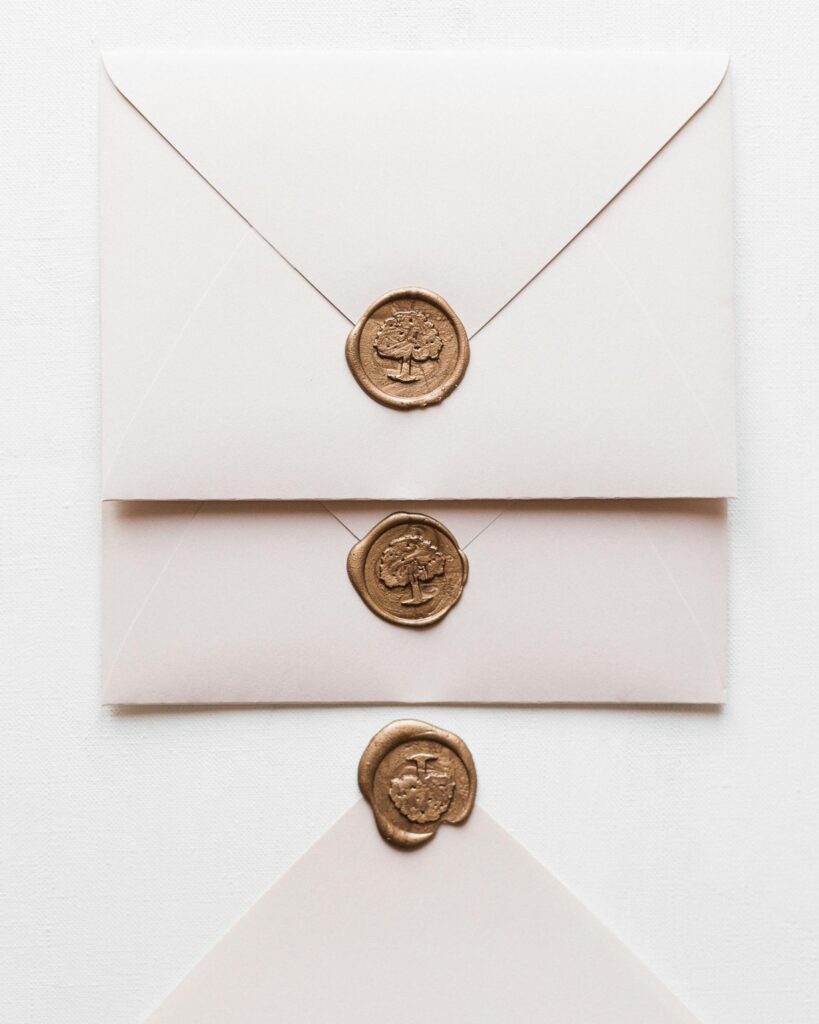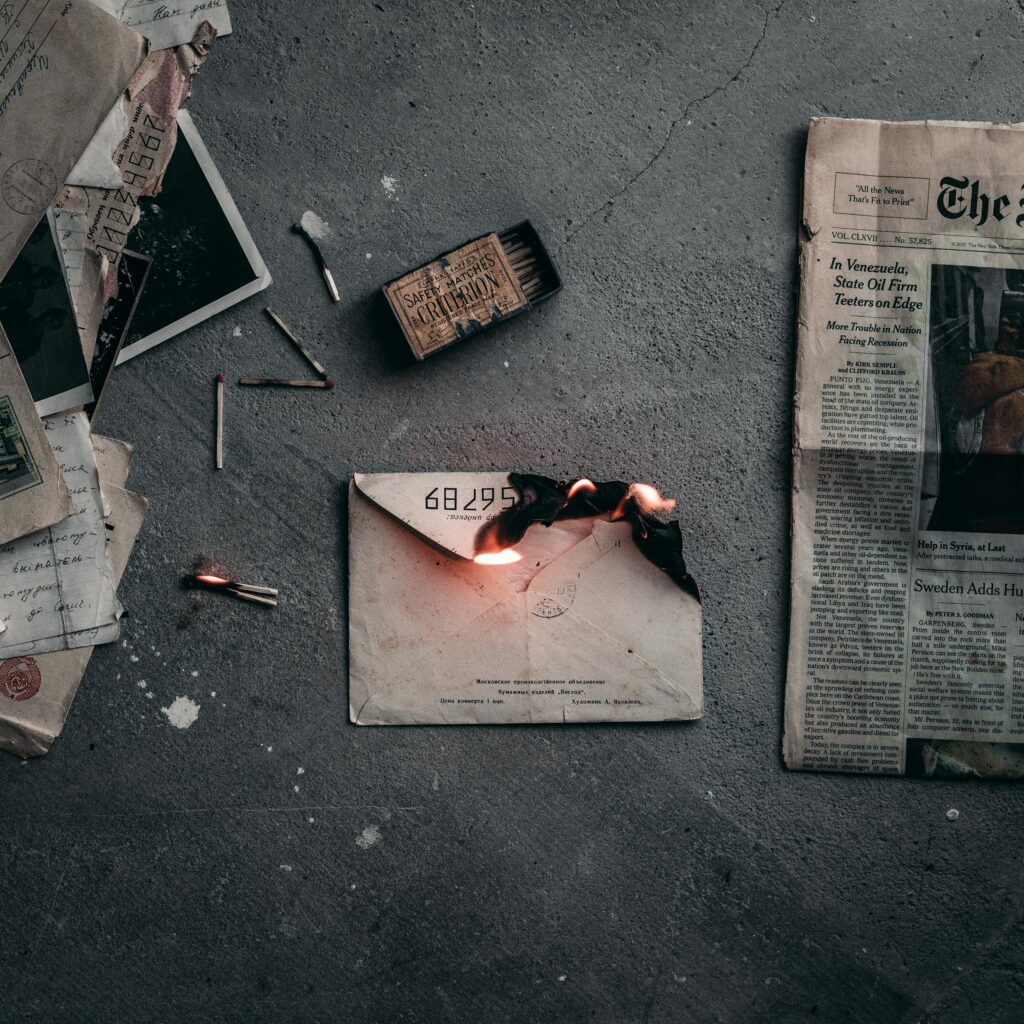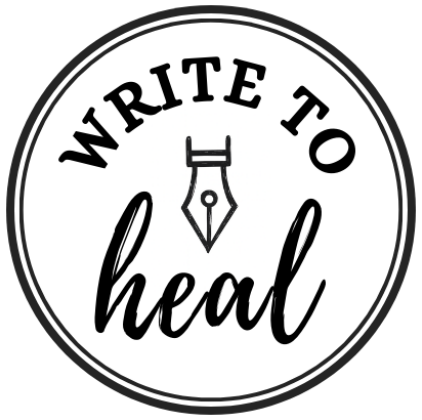Letter Writing Therapy: How Unsent Letters Help You Heal

Sometimes the words we never say weigh the most.
The apology we never gave.
The gratitude we never expressed.
The reassurance our younger self needed.
Letter writing therapy is a simple, research-backed way to process those unspoken feelings. You write a letter (often one you never send) as a way of clarifying emotions, releasing pain, and finding closure.
Therapists often recommend letter writing therapy because it combines the power of journaling with the structure of direct communication.
And the best part: you do not need to be a writer for it to work.
What Is Letter Writing Therapy?
Letter writing therapy is the practice of writing letters to yourself, to others, or even to abstract things like fear or grief, for emotional healing. These letters are usually unsent. The goal is not to deliver them, but to give your mind and body a way to release what you have been holding.
According to Psychology Today’s guide to the unsent letter, this technique helps you express unprocessed emotions in a safe, private, and healing way.
Why Letter Writing Therapy Works
- It changes how your brain processes emotions.
Writing by hand slows your thoughts down. Neuroscientists have proven that handwriting activates brain regions linked to memory and emotional regulation, helping you make sense of tangled feelings. - It validates your experience.
James Pennebaker, a leading researcher on expressive writing, found that writing about difficult experiences can reduce stress, improve immune function, and help people process trauma. Writing tells your brain: what I feel is real and worth acknowledging. - It helps you release pain.
Unsent letters work like a pressure valve. They allow you to say what you need without consequence, giving you space to let go of resentment, grief, or regret. - It gives you choice.
When you finish writing, you decide what to do with the letter. You might keep it, tuck it away, shred it, or burn it as a symbolic act of release. The healing happens in the writing, not the sending.
If you want to explore other gentle practices for emotional clarity, see my post on Journaling Prompts for Beginners.
Types of Letters in Letter Writing Therapy
Letter writing therapy can take many forms, depending on what your heart needs. Here are six powerful types, each with a simple template to guide you.
1. A Letter to Your Past Self
This letter is about compassion. It allows you to comfort your younger self.
Template:
Dear [Younger Me],
I remember how you felt when [describe situation]. You did not yet know [share your current wisdom].
I want you to know you were [affirmation]. Thank you for carrying me this far.
With love,
[Future You]
2. A Letter to Someone Who Hurt You
This letter helps you release anger or sadness without reopening old wounds.
Template:
Dear [Name],
When you [describe what happened], I felt [your feelings]. For a long time, I carried that with me.
Today, I choose to let go of [anger, fear, shame]. I release this for my own healing.
Sincerely,
[Your Name]
3. A Letter of Gratitude
Not all healing comes from pain. Gratitude letters remind us of what has carried us through.
Template:
Dear [Name],
Your [support, words, actions] meant more to me than I said at the time. Because of you, I felt [safe, seen, encouraged].
Even if these words never reach you, I am grateful.
Warmly,
[Your Name]
4. A Letter to Your Future Self
This letter plants seeds of hope and vision.
Template:
Dear Future Me,
From where I stand, I feel [current state]. But I imagine you are [desired feeling such as peaceful or fulfilled].
Here is what I hope you always remember: [list affirmations or truths].
With hope,
[Your Name]
5. A Letter of Forgiveness
Forgiveness letters can be written to yourself or to others. They are not about excusing the past, but about freeing yourself from its grip.
Template:
Dear [Name or Self],
I have carried the weight of [situation]. It has cost me [describe impact].
I am ready to set it down. I choose to forgive you, not because it was acceptable, but because I no longer want to be bound to it.
With release,
[Your Name]
6. A Goodbye Letter
Sometimes the most healing goodbye is to a season of life, a habit, or even to fear itself.
Template:
Dear [thing you are releasing],
You have been with me through [describe]. But now I am ready to let you go.
Thank you for what you taught me. It is time for me to move forward without you.
Goodbye,
[Your Name]
How to Practice Letter Writing Therapy
Anyone can do this, but a few practices can make it more powerful.
Create a ritual.
Light a candle, play calming music, or prepare a warm drink. Rituals tell your body: this is a safe space.
Choose your medium.
Most people find handwriting most effective, but typing or using tools like FutureMe.org can also work.
Set a timer.
Give yourself 10–20 minutes of uninterrupted writing to stay present and avoid overthinking.
Let go of rules.
Letter writing therapy is not about grammar or style. Write in fragments, lists, or even doodles if that feels right.
Release with intention.
Afterward, notice how your body feels. You might reread the letter, tuck it away, or burn it as a symbolic act of letting go. Many find the act of watching the paper turn to ash deeply freeing.
A Personal Case Study: Letters to My Grandmother
One of the most healing practices in my own life has been writing letters to my grandmother who passed away. I often write to her with updates about my life or words of gratitude.
When I imagine what I would want to tell her, I naturally begin to focus on what really matters: the relationships I cherish, the small joys, the ways I have grown. Her perspective always mattered most to me, so writing these letters helps me see my life through her eyes.
I never expect her to read them (though I believe she might be able to see me writing from the other side). The act of writing to her deepens my sense of connection, helps me grieve, and reminds me that love continues even across distance and loss.
Prompts for Letter Writing Therapy
- Write a letter to the person who never apologized.
- Write a letter to the version of you who needed kindness.
- Write a letter to someone you miss but cannot reach.
- Write a letter to your future self, sharing what you hope they have learned.
- Write a letter of gratitude to someone who helped you, even in a small way.
- Write a goodbye letter to a habit or fear you are ready to release.
- Write a forgiveness letter to yourself for something you have carried too long.
You can also explore my post on Journaling with Nonviolent Communication for lists of needs and feelings that can spark your writing and give your letters more depth.
Frequently Asked Questions About Letter Writing Therapy
Do I need to send the letter for it to work?
No. The healing comes from the act of writing itself. Most therapeutic letters are never sent.
What if writing makes me cry?
That is part of the release. Tears are often a sign that your body is letting go of what it has been holding.
How often should I practice letter writing therapy?
There is no set rule. Some people write once a month, others only when something feels heavy. Trust your own rhythm.
Is it better to keep or destroy the letter?
Either is fine. Some people keep letters as a record of growth. Others shred or burn them as a symbolic release. Do what feels most freeing to you.
Can I practice letter writing therapy if I am not a writer?
Yes. Letter writing therapy is not about skill or style. It is about honesty. Anyone can do it.

Final Thought
Letter writing therapy is less about the recipient and more about you. These letters do not need to be sent. They do not even need to be saved. The act of writing itself is what brings clarity, closure, and peace.
Take ten minutes today and write the letter you have been holding back. And if the letter feels extra fiery and you feel like you could use extra release, you might even burn it after you finish writing.
Not for them.
For you.
–
